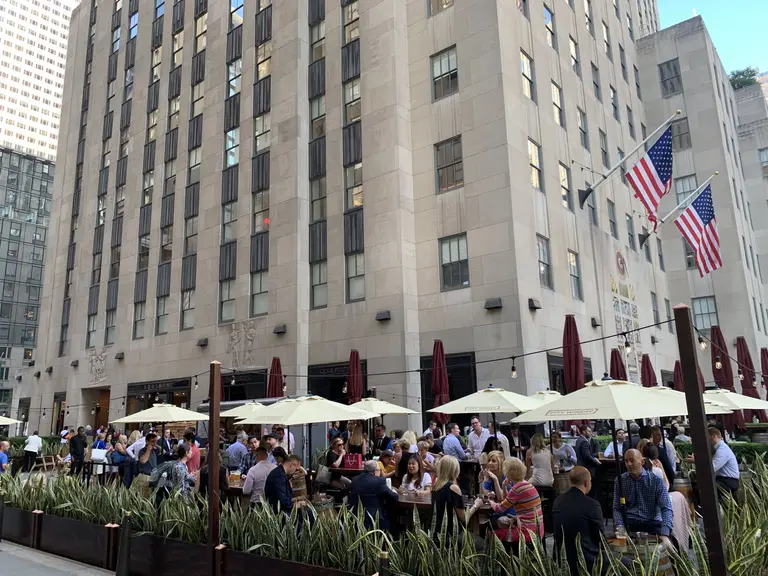
Rendering of the Market Building from 2017 LPC presentation materials by Gensler
DeKalb Market founder tapped to create new food hall in Midtown’s Citigroup building
More details ahead

Rendering of the Market Building from 2017 LPC presentation materials by Gensler

Via Flickr

Photo via Marion Curtis/Starpix for the Paley Center for Media

Image via Flickr

Photo via City Winery

Photo of 220 CPS via CityRealty; photo of Sting via Wiki Commons

Photo courtesy of Lord & Taylor

Image via Flickr

Via Flickr

432 via DBOX; Alex Rodriguez via Wiki Commons; Jennifer Lopez via Wiki Commons

Via Flickr

Map of the Western Canadian Fur Trade, ca. 1750-1759. The North American Fur Trade Began with French Merchants in Canada. Via NYPL Digital Collections

Nik Wallenda on the tightrope at Canada’s Wonderland in 2009; via Flickr

Via Wikimedia
